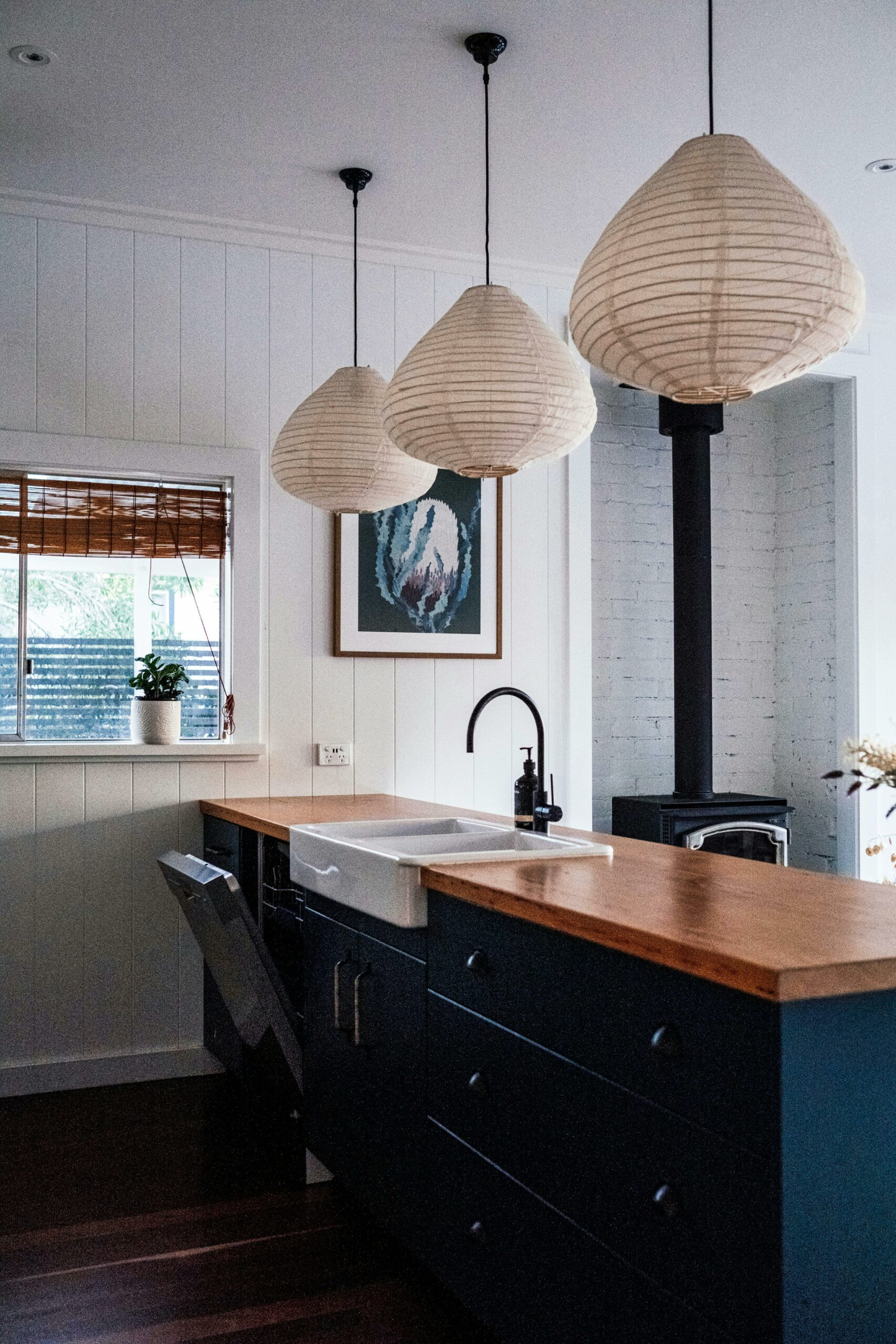Your kitchen cabinets are the unsung heroes of your culinary domain.
They hold your precious dishes, cookware, and ingredients with unwavering loyalty.
But have you ever stopped to consider how much weight can kitchen cabinets hold?
Understanding the weight capacity of your kitchen cabinets is more than just a matter of storage efficiency—it’s about preserving the integrity and longevity of these essential fixtures.
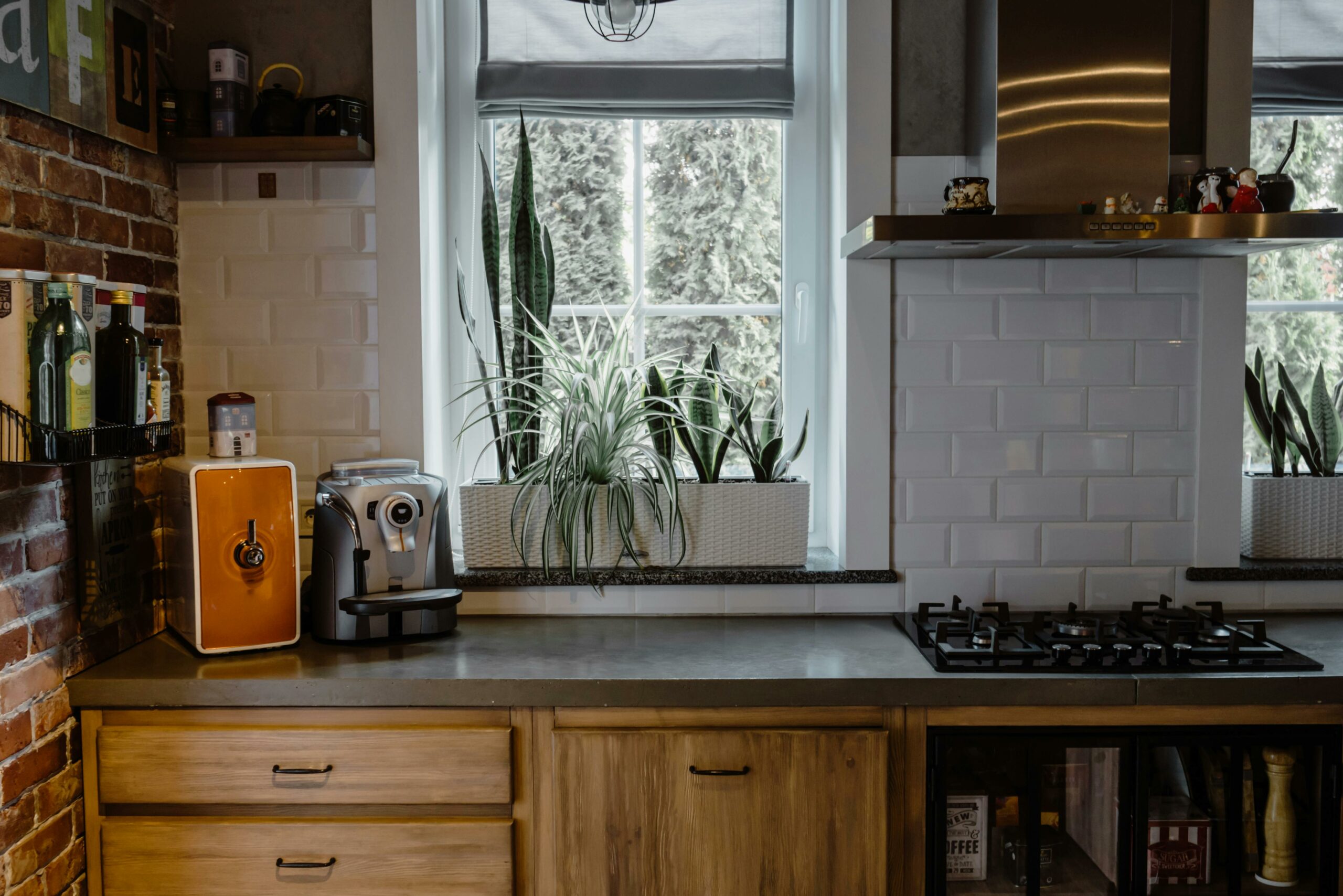
How Much Weight Can Kitchen Cabinets Hold
Cabinet Material and Construction
When it comes to determining how much weight can kitchen cabinets hold, the material and construction of the cabinets play a significant role.
Solid wood cabinets are generally more robust and have a higher weight capacity compared to cabinets made from materials like plywood or MDF.
The quality of the joinery and overall construction of the cabinets also affect their ability to support heavy items.
Cabinets with dovetail or mortise-and-tenon joints tend to be sturdier than those held together with staples or nails.

Installation Method and Hardware Used
The way your kitchen cabinets are installed can impact their weight capacity as well.
Cabinets that are securely anchored to wall studs or a support rail can typically hold more weight than those simply attached to drywall.
Additionally, the type of hardware used, such as hinges, drawer slides, and shelf brackets, can influence how much weight the cabinets can bear.
Opting for high-quality, sturdy hardware that is designed to support heavier loads can enhance the overall strength of your cabinets.
Shelf Thickness and Support
The thickness and quality of the shelves in your kitchen cabinets also play a crucial role in determining their weight capacity.
Thicker shelves made from solid wood or plywood are generally more durable and able to support heavier items without sagging or bowing.
Adjustable shelves offer flexibility in distributing weight evenly throughout the cabinet space.
Additionally, providing adequate support underneath shelves by using shelf pins or brackets can help prevent them from bending under pressure.
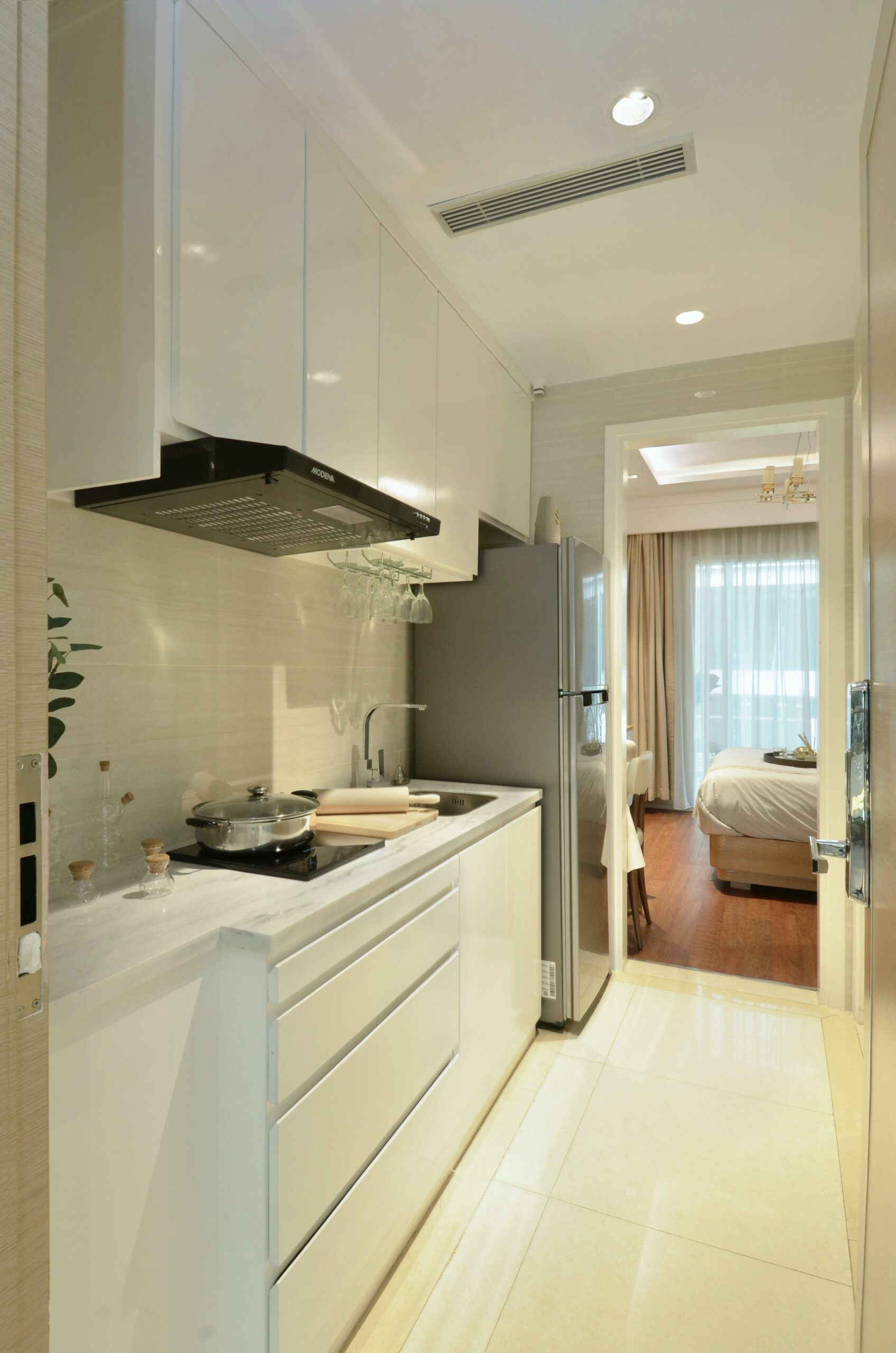
Weight Limits for Common Kitchen Cabinet Materials
Plywood Cabinets: The Sturdy Workhorse
When it comes to withstanding weight, plywood cabinets are the sturdy workhorses of the kitchen.
Plywood is known for its strength and durability, making it a reliable choice for holding heavier items in your cabinets.
Typically, plywood cabinets can hold anywhere from 50 to 75 pounds per shelf, depending on the thickness and quality of the plywood used.
This makes them a great option for storing dishes, pots, and pans without worrying about sagging shelves or structural issues.

MDF Cabinets: The Affordable Alternative
MDF (medium-density fiberboard) cabinets offer an affordable alternative to solid wood while still providing decent weight-bearing capacity.
MDF is made by compressing wood fibers together with resin to create a dense and uniform material.
While MDF cabinets may not be as strong as plywood or solid wood, they can still hold around 40 to 60 pounds per shelf when properly installed.
It’s essential to be cautious with heavier items in MDF cabinets to prevent any potential damage or strain on the shelves.
Solid Wood Cabinets: Timeless Elegance and Strength
Solid wood cabinets exude timeless elegance and offer exceptional strength when it comes to holding weight in your kitchen.
Whether you have oak, maple, cherry, or another hardwood variety, solid wood cabinets are known for their durability and longevity.
These cabinets can typically support a hefty load of up to 75-100 pounds per shelf due to the natural sturdiness of solid wood.
Investing in solid wood cabinets not only adds a touch of sophistication to your kitchen but also ensures that your storage needs are met without compromising on durability.
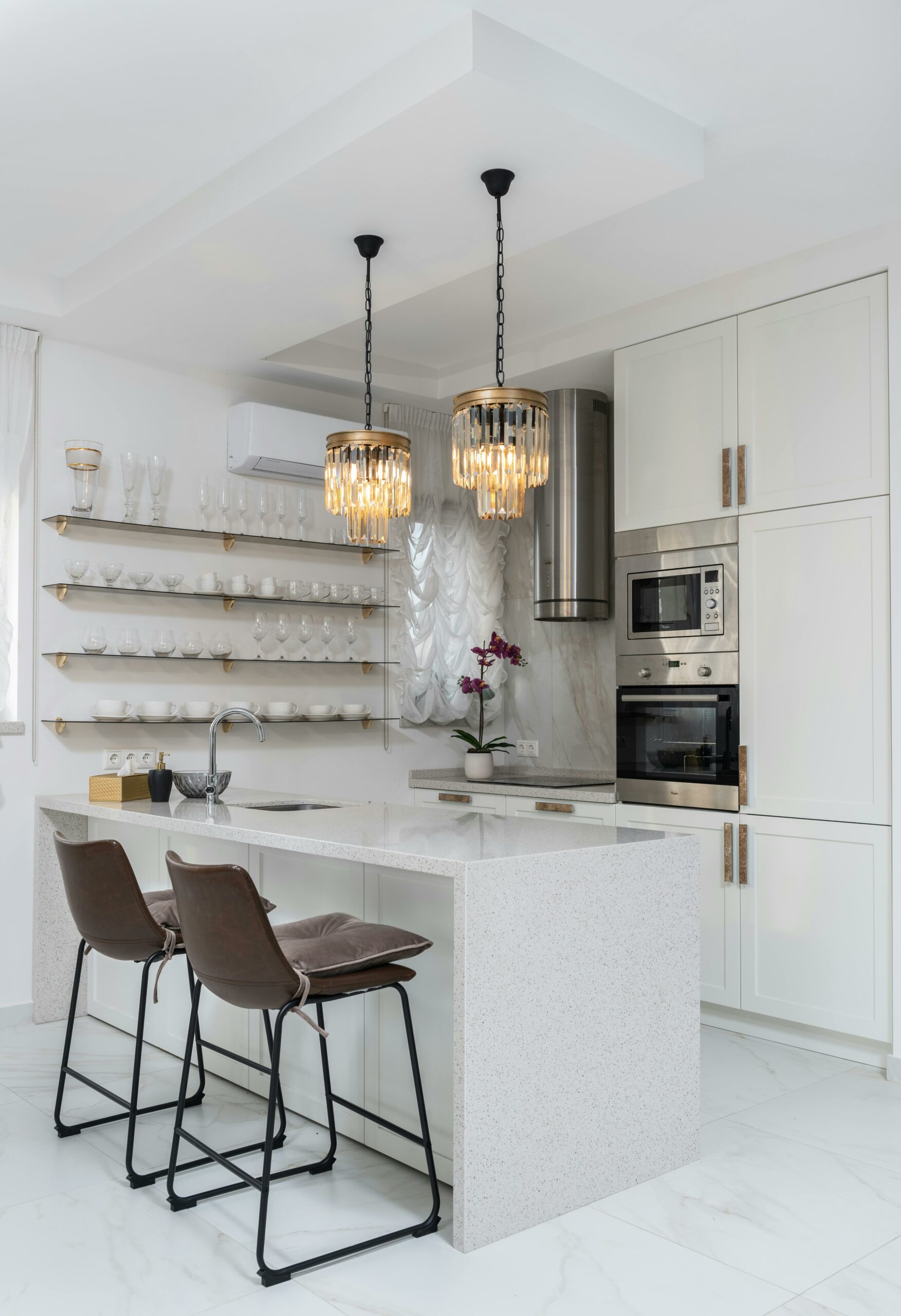
Optimizing Weight Distribution in Your Kitchen Cabinets
Utilizing Adjustable Shelves for Heavier Items
When it comes to maximizing the weight capacity of your kitchen cabinets, adjustable shelves are your best friends.
These versatile shelves can be moved up or down to accommodate items of varying sizes and weights.
For heavier items like cast iron cookware or large jars of ingredients, adjust the shelf height accordingly to ensure they are well-supported.
This not only helps prevent overloading the shelves but also makes it easier to access and organize your kitchen essentials without worrying about weight restrictions.
The Foundation of Stability: Placing Heavy Items at the Cabinet Base
To add an extra layer of stability to your kitchen cabinets, consider placing heavier items closer to the cabinet base.
Items like small appliances, bulky pots and pans, or hefty containers should ideally be stored on lower shelves or at the bottom of your cabinets.
This strategic placement not only enhances the overall balance but also makes it safer and more convenient for you to reach for these items without straining the cabinet structure.

Overloading Risks and Signs to Watch Out For
Sagging Shelves or Doors
Have you ever noticed that your once sturdy kitchen cabinet shelves are starting to dip in the middle like a sad pancake?
That’s a clear sign that you might be overloading them with too much weight.
When shelves start to sag, it not only affects the aesthetics of your cabinets but also indicates that they are struggling to support the load.
Similarly, if you find that your cabinet doors are not closing properly or seem to be misaligned, it could be a result of excess weight pushing against them from within.
Keep an eye out for these visual cues as they are red flags signaling that it’s time to reassess the weight distribution in your cabinets.
Difficulty in Opening or Closing Cabinet Doors
Imagine trying to open a stubborn jar of pickles – frustrating, right?
Well, if you’re experiencing similar resistance when trying to open or close your cabinet doors, it could be due to overloading.
When cabinets are burdened beyond their weight capacity, it can cause strain on the hinges and hardware, making door operation a real struggle.
If you find yourself putting in Herculean effort just to access your pots and pans or snacks stash, take it as a sign that your cabinets may need some decluttering and redistributing of items.

Tips for Maximizing Cabinet Storage Without Exceeding Weight Limits
Organize with Precision: Utilizing Organizers and Dividers
When it comes to maximizing the storage space in your kitchen cabinets, organization is key.
Invest in adjustable shelf dividers or stacking bins to create designated spaces for different types of items.
For example, you can use a divider to separate heavier pots and pans from lighter dishes or glassware.
This not only helps in balancing the weight but also makes it easier to access specific items without causing strain on the cabinet structure.
The Art of Balance: Avoiding Stacking Heavy Items
Stacking heavy items on top of each other may seem like a space-saving solution, but it can lead to exceeding the weight limits of your kitchen cabinets.
To maintain balance and prevent overloading, avoid stacking heavy items such as bulky appliances or large cookware on top of each other.
Instead, opt for storing them side by side or on separate shelves within the cabinet.
This not only distributes the weight more evenly but also reduces the risk of shelves sagging or doors misaligning due to too much pressure in one area.
These strategies not only help you make the most of your kitchen cabinet space but also ensure that your cabinets can effectively support the weight without compromising their structural integrity.
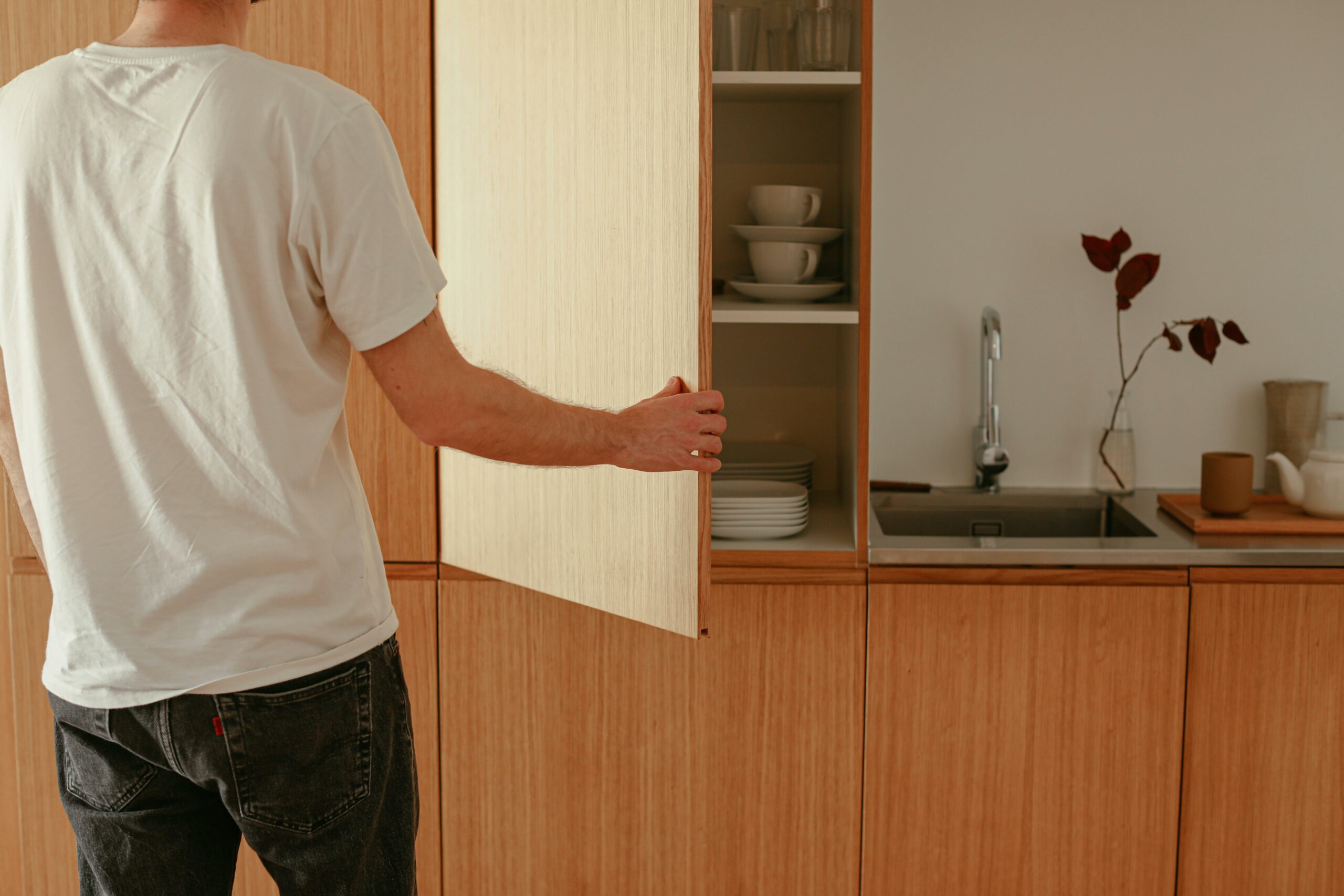
Conclusion
Understanding the weight capacity of your kitchen cabinets is crucial for ensuring their longevity and functionality.
Remember, with a little knowledge and care, your kitchen cabinets can continue to serve you well for years to come.
So go ahead and organize that pantry with confidence!

LOVE it? PIN it for Later!








